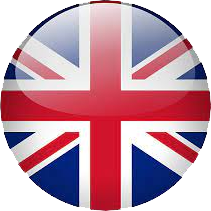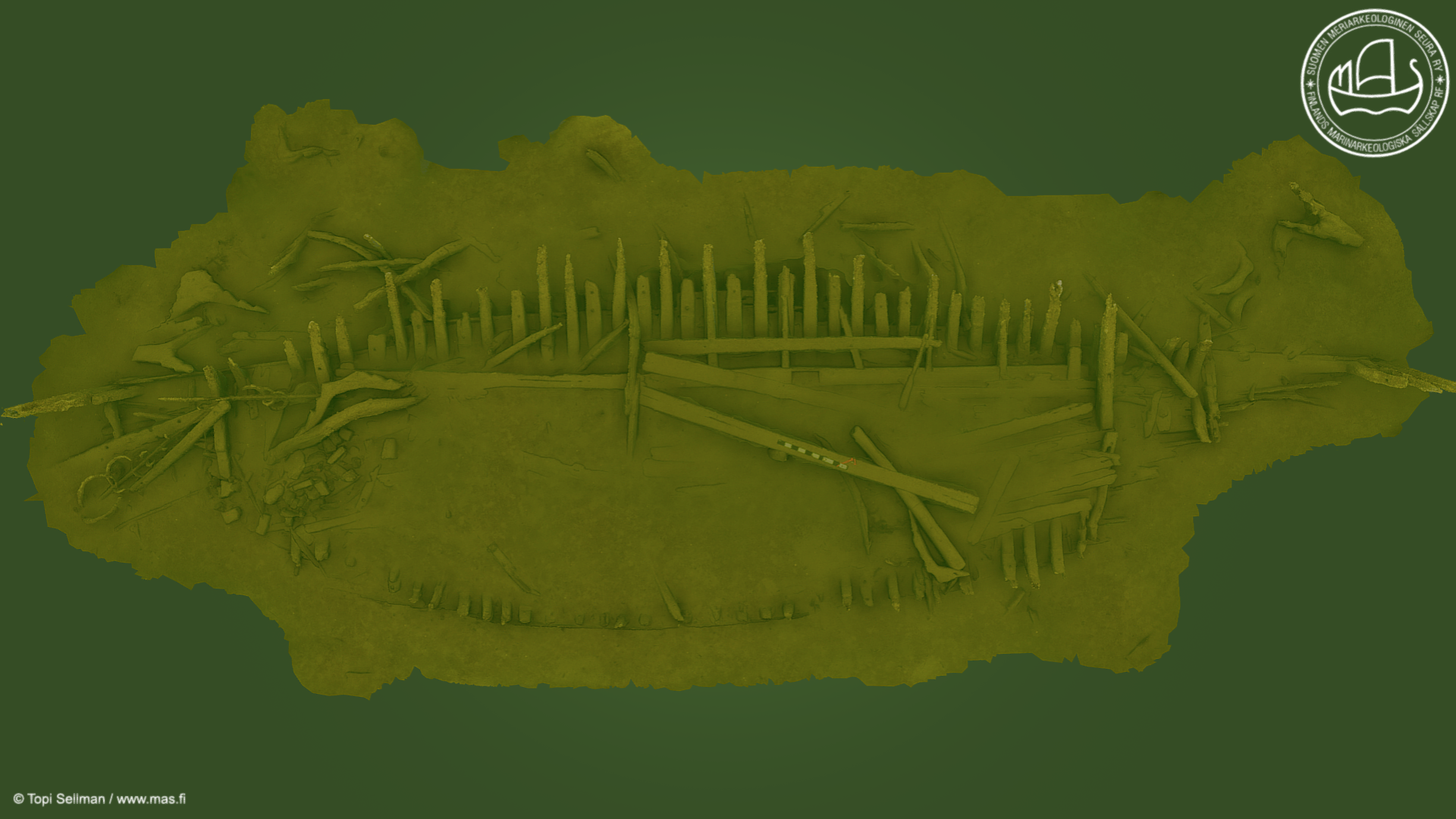'The Maritime Archaeological Society of Finland (Suomen Meriarkeologinen Seura - MAS)), amongst its many diverse projects, has been studying so-called 'skeleton wrecks'. They often resemble skeletal remains with projecting frames but with few identifying features or artefacts to help understand their period, construction method, function (such as a trading vessel or warship etc) or place of origin or intended destination. Consequently, their value and contribution to the wider understanding of Finland's maritime heritage has been greatly overlooked. MAS has applied a basic methodology with 3 objectives:
-
Accurately recording their position
-
Recording their form and artefacts with close diver inspection and 3D photogrammetry. So far over 200 vessels have neen modelled and placed on MAS's sketchfab webpages https://sketchfab.com/mas-fi/models
-
Dating sites initially with radiocarbon sampling, and if sites show significant age or value dendrochronological sampling.
Consequently, 5 wrecks have been identfied as belonging to the Medieval period. This is significant because including these there are only at present 17 sites of Medieval boat wreckage or sites of artefacts from boat wrecks. The discovery of any new wrecks adds considerably to our knowledge of the Medieval period. The wrecks studied, Utterböte, Liimisaumahylky, Hamnholmen, Jussärö 6 & 7, seem to come from periods stretching from the Early Medieval to the Late Medieval. As new Medeival wrecks appear the plan is to form ontological databases that allow cross referencing of wreck features and data with other wrecks, both within Finland and outside of Finland with fellow internatiional researchers. The project has progressed further by starting to conduct limited excavation on these wrecks, with Hamnholma as the first. Dendrochronolgical samples will allow more accurate dating but also possible provencing of the timber, so rudimentary interpretations can be made as to the boat's construction place and reason to be where it was, whether trade or conflict or travel.
The discovery of new Medieval wrecks is particularly important as the written sources for the period are relatively few and fragmentary. Evidence of maritime related activity is starting to be reflected in terrestrial excavations with artefacts appearing in both elite and peasant communities. There is a clear need to bring together these bodies of evidence in order to generate new insights.
Other aspects of this project will, when time allows, extend to:
-
Analysing the changes from the Iron Age to the Medieval and Medieval to the Swedish Reformation
-
The locations, forms and recording and ages of inland boats in order to understand if there was a different evolutionary path in inland environments, whether the same or different boats travelled to any degree from the sea through the estuaries to the rivers and lakes,and vice versa. So far only flat bottomed boats suited to shallow lake environments and those of logboat or sen plank design have been found. This will lead to a more holistic maritime landscape approach, reconstructing Medival trading pathways from the sea to the coast to inland, and vice versa.
This methodology will gradually allow the populating of the timeline and geographical distribution of maritime cultural heritage of Finland'
|
View 3D models by The Maritime Archaeological Society of Finland (@mas-fi)
sketchfab.com
|















